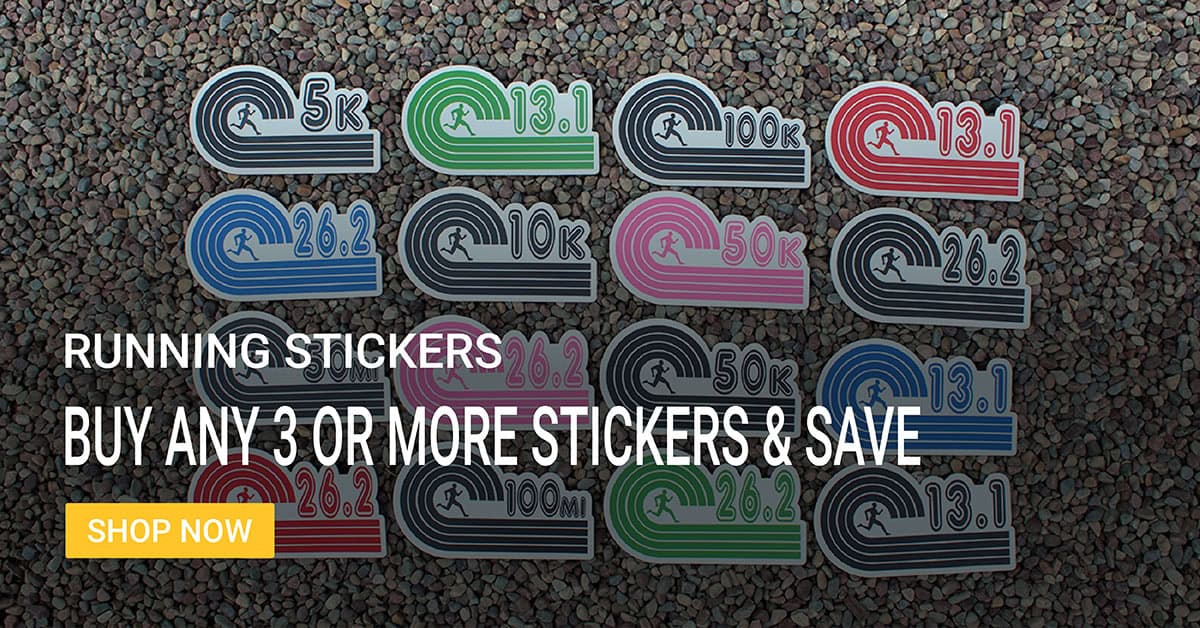- Home
- Running Plans
- 10k Running Plan
- Intermediate 10K Training Plan
Intermediate 10K Training Plan
Intermediate 10K Running Plan: Elevate Your Performance and Conquer the 10K

10K Intermediate Running Plan at a glance:
The intermediate 10K running plan follows the following structure and is available for purchase through Coach Andrew Taylor's Final Surge coaching page.
- Length: 10 weeks
- Typical Week: 4 days of running (1 Speed Workout/Tempo Run) and 1 to 3 days of rest
- Optional Work: Cross-Training and Strength Work
- Longest Workout: 8 Miles
- PDF: Easily download your running plan as a PDF
- Supplemental Training Materials: Activation Warmup Routine, Dynamic Technique Drills & Flexibility Exercises, Core Strength Routine, and Strength Training for Runners.
- Final Surge: Track your progress using your device, receive daily workout notifications, a drag-and-drop calendar for easy modifications, lifetime access to the plan, and more!
- Cost: $19.99 (purchase here)
What to Expect:
“It was being a runner that mattered, not how fast or how far I could run. The joy was in the act of running and in the journey, not in the destination.” – John Bingham
The Intermediate 10K Training Plan is ideal for runners who have completed a 5K or previous 10K and are looking to push their limits. This 10-week plan includes four days of running, combining easy runs, long-distance runs, speed workouts, rest days, and optional cross-training. Focused on time-based sessions rather than distance, the plan reduces injury risk and offers a strategic, progressive approach to building endurance and speed. Each week, the intensity and running time gradually increase, improving both your performance and efficiency.
Speed workouts in this plan focus on enhancing pace and running efficiency, helping you run faster and stronger. Optional cross-training workouts, including cycling, swimming, yoga, and strength training, are recommended to boost your overall fitness and contribute to improved 10K performance. By incorporating cross-training, you’ll build strength, prevent burnout, and improve running efficiency.
How to Get Started?
Get started today by purchasing the Intermediate 10K Running Plan for just $19.99 on Final Surge. Enjoy digital tracking of your progress, sync workouts across devices, and receive daily reminders to stay on track. The plan is compatible with Garmin, Strava, Polar, MapMyRun, and more. You’ll also get a printable PDF version of the training plan and access to additional resources like:
- Sync workouts across devices.
- Daily reminders of workouts and activities.
- Complete workouts based on pace or heart rate zones.
- Analyze workout and target zone details.
- Compatible with Garmin, Strava, Polar, TrainerRoad, MapMyRun, Wahoo, Stryd, and more.
- Printable PDF version of the training plan.
- Activation Warmup Routine.
- Dynamic Technique Drills & Flexibility Exercises.
- Core Strength Routine and General Strength Training for Runners.
- Running Terminology guide.
Ready to elevate your 10K race performance? Lace up and start your journey to a personal best today!
Looking for more training guidance?
If you need more personalized motivation or advice, we offer online run coaching.
Take the next step in your running ability! Receive a running plan that adapts with you and get feedback throughout your training from Coach Andrew Taylor.
Intermediate 10K Running Plan Preview:
The following is a snapshot of what to expect in your purchased Intermediate 10K Training Plan.
| WEEK | DAY 1 | DAY 2 | DAY 3 | DAY 4 | DAY 5 | DAY 6 | DAY 7 |
|---|---|---|---|---|---|---|---|
| 1 | 30 Minute Run | 30-45 Minute Cross-Train | 30 Minute Run | 30-45 Minute Cross-Train | 30 Minute Run | 5 Mile Run | Rest |
| 2 | 30 Minute Run | 30-45 Minute Cross-Train | Tempo Run | 30-45 Minute Cross-Train | 30 Minute Run | 5 Mile Run | Rest |
| 3 | 35 Minute Run | 30-45 Minute Cross-Train | 400m Repeats | 30-45 Minute Cross-Train | 35 Minute Run | 6 Mile Run | Rest |
| 4 | 35 Minute Run | 30-45 Minute Cross-Train | Tempo Run | Rest | 30 Minute Run | 5K Test | Rest |
| 5 | 40 Minute Run | 30-45 Minute Cross-Train | 800m Repeats | 30-45 Minute Cross-Train | 40 Minute Run | 6 Mile Run | Rest |
| 6 | 40 Minute Run | 30-45 Minute Cross-Train | Tempo Run | 30-45 Minute Cross-Train | 40 Minute Run | 7 Mile Run | Rest |
| 7 | 45 Minute Run | 30-45 Minute Cross-Train | 400m Repeats | 30-45 Minute Cross-Train | 45 Minute Run | 7 Mile Run | Rest |
| 8 | 45 Minute Run | 30-45 Minute Cross-Train | Tempo Run | 30-45 Minute Cross-Train | 45 Minute Run | 8 Mile Run | Rest |
| 9 | 50 Minute Run | 30-45 Minute Cross-Train | 800m Repeats | 30-45 Minute Cross-Train | 50 Minute Run | 6 Mile Run | Rest |
| 10 | 30 Minute Run | 30 Minute Cross-Train | 30 Minute Run | Rest | Rest | 10K Race | Rest |







